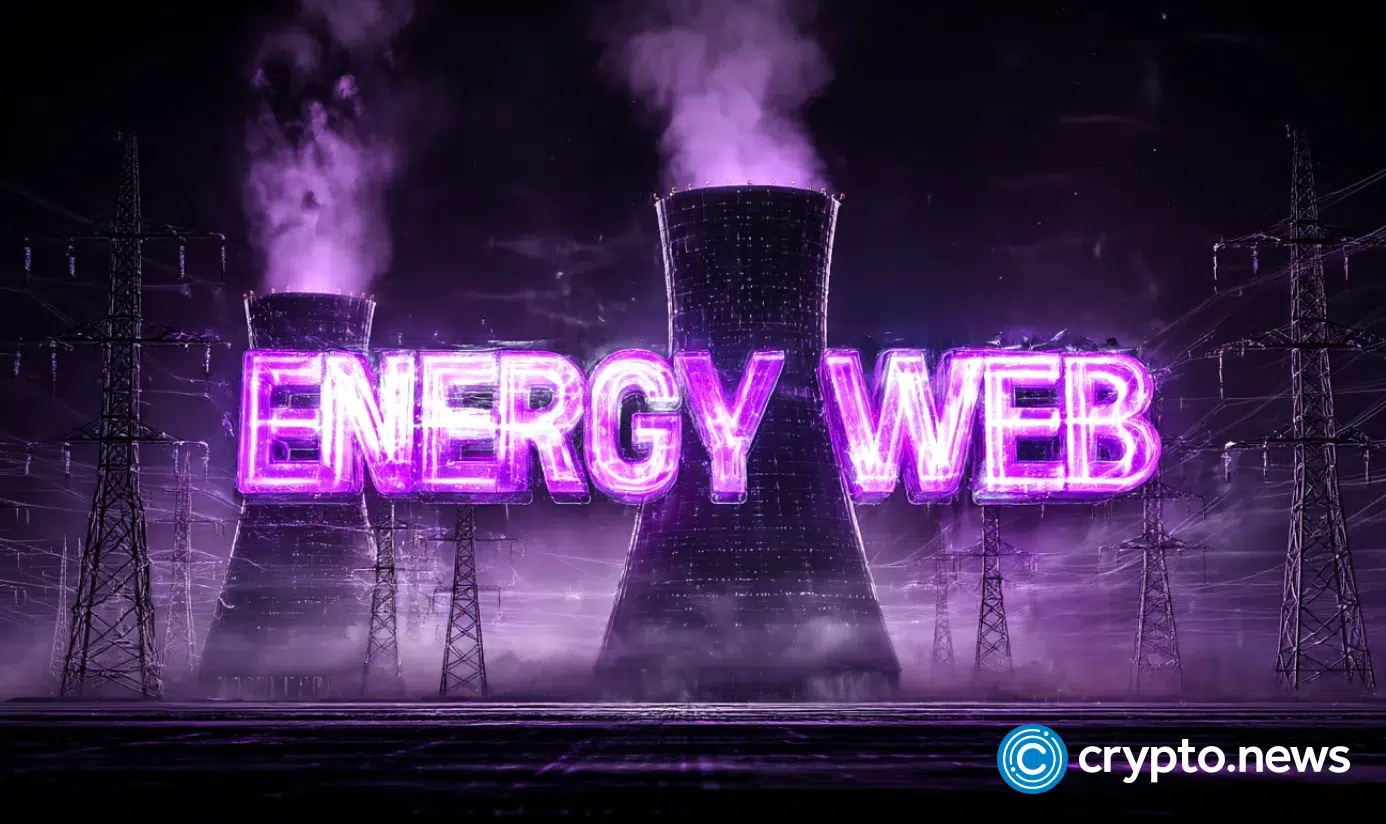
Vitalik Buterin Pushes Ethereum’s Next Leap: 10X Layer 1 Scaling Within a Year
Ethereum co-founder Vitalik Buterin has set an ambitious goal for the world’s leading smart contract platform: a 10X increase in Layer 1 (L1) scalability within the next year. This bold vision comes as Ethereum faces increasing competition from rival blockchains and growing demand for faster, cheaper transactions.
Buterin’s call for scaling aligns with broader industry trends—from institutional Bitcoin adoption to Solana’s rising staking revenue—but emphasizes Ethereum’s unique path forward: prioritizing decentralization while enhancing performance.
In this article, we explore:
- Why Ethereum needs urgent L1 scaling
- How Layer 2 solutions fit into the roadmap
- The challenges and opportunities ahead
- Broader crypto market trends influencing Ethereum’s evolution
Why Ethereum Needs a 10X Layer 1 Scaling Boost
Ethereum has long relied on Layer 2 (L2) solutions like Optimism, Arbitrum, and zkSync to handle transaction load. While these rollups have been successful, Buterin argues that Layer 1 must also scale significantly to maintain security, decentralization, and efficiency.
Key Reasons for L1 Scaling:
✔ Reduced Reliance on L2s: While L2s are crucial, an over-dependence could fragment liquidity and complicate user experience.
✔ Lower Base Fees: High gas fees during congestion remain a major hurdle for mainstream adoption.
✔ Future-Proofing: Upcoming upgrades (like Danksharding) require a stronger L1 foundation.
Buterin’s push comes as the Ethereum Foundation undergoes restructuring, signaling a renewed focus on core protocol improvements.
How Will Ethereum Achieve 10X Scaling?
Buterin advocates a gradual but decisive approach, balancing innovation with stability. Here are the key strategies:
1. Optimistic & ZK-Rollup Enhancements
While L1 scaling is the priority, rollups will continue evolving. Projects like StarkNet and Polygon zkEVM are pushing the boundaries of zero-knowledge proofs, which could eventually feed back into L1 efficiency.
2. Proto-Danksharding (EIP-4844)
This upgrade introduces "blob-carrying transactions"—a way to drastically reduce rollup costs by temporarily storing data off-chain. Experts believe this alone could deliver a 3-5X improvement in throughput.
3. State Expiry & Stateless Clients
Ethereum’s growing state size slows down nodes. Implementing state expiry (clearing old data) and stateless clients (lightweight verification) could streamline performance without sacrificing security.
4. Further Optimizations in EVM Execution
The Ethereum Virtual Machine (EVM) could see tweaks in gas metering and parallel processing to squeeze out extra efficiency gains.
Challenges Ahead: Can Ethereum Deliver?
Despite Buterin’s confidence, several hurdles remain:
🔴 Regulatory Uncertainty
The SEC has raised concerns over Ethereum ETFs, potentially delaying institutional investment. A clear regulatory framework is needed to support growth.
🔴 Competition from Solana & Others
Solana’s high-speed blockchain continues gaining traction, with SOL Strategies reporting surging staking revenue despite a Q2 net loss of $3.5M. Ethereum must scale quickly to retain dominance.
🔴 Decentralization vs. Scalability Trade-off
Buterin insists on preserving decentralization, but some argue that true scalability requires compromises—a debate that could slow progress.
Broader Crypto Trends Influencing Ethereum’s Future
While Ethereum focuses on scaling, other major developments are shaping the crypto landscape:
🚀 Institutional Bitcoin Adoption Soars
- Reitar Logtech Holdings is betting $1.5B on Bitcoin (15,000 BTC) to fuel global expansion.
- Norwegian Block Exchange became Norway’s first public Bitcoin treasury firm, adding BTC to its balance sheet.
🌱 Green Crypto Gains Momentum
Energy Web Token (EWT) surged from $0.65 to $1.97 in weeks, showing growing interest in sustainable blockchain solutions—something Ethereum may need to address post-Merge.
🐶 Meme Coins Keep Speculation Alive
Dogecoin saw renewed hype after a mysterious tweet sparked $1 DOGE predictions—a reminder that retail interest remains strong in crypto markets.
Conclusion: A Make-or-Break Year for Ethereum?
Vitalik Buterin’s call for 10X L1 scaling within a year sets a high bar—but one that Ethereum must meet to stay ahead of rivals and meet user demand. With upgrades like Proto-Danksharding on the horizon and continued L2 innovation, the pieces are falling into place. However, regulatory hurdles and competition mean execution will be critical.
As Bitcoin cements itself as institutional gold and Solana carves out its niche, Ethereum’s next move could determine whether it remains the king of smart contracts—or cedes ground to faster alternatives. One thing is certain: The next 12 months will be pivotal for ETH’s future.
Key Takeaways:
✅ Vitalik Buterin wants Ethereum’s L1 to scale 10X in a year—without sacrificing decentralization.
✅ Upgrades like Proto-Danksharding and state expiry will play a major role in achieving this goal.
✅ Competition from Solana and regulatory uncertainty pose significant risks.
✅ Institutional Bitcoin adoption and green crypto trends add pressure for Ethereum to evolve quickly.
Will Ethereum rise to the challenge? Stay tuned as the blockchain enters one of its most transformative phases yet!